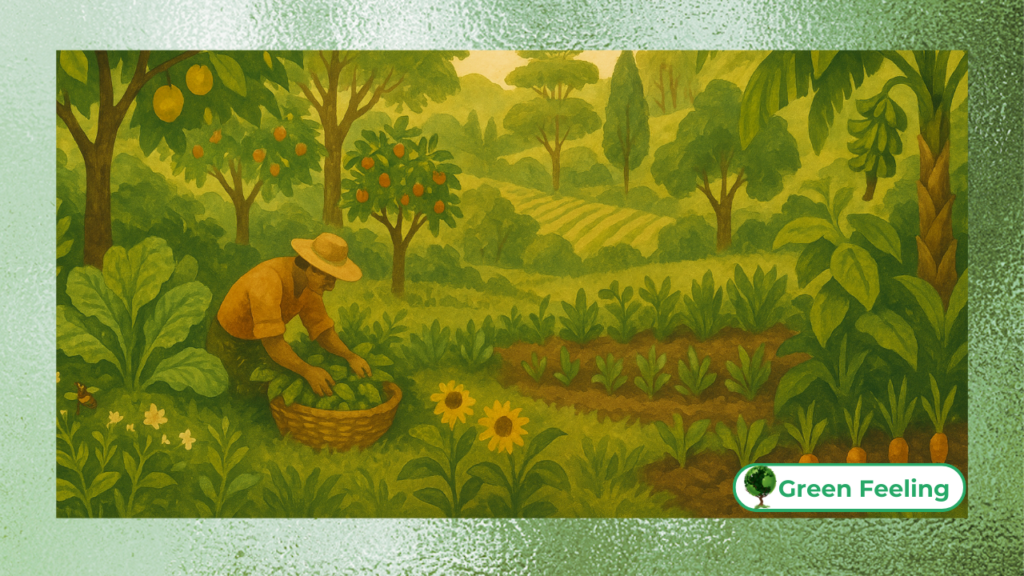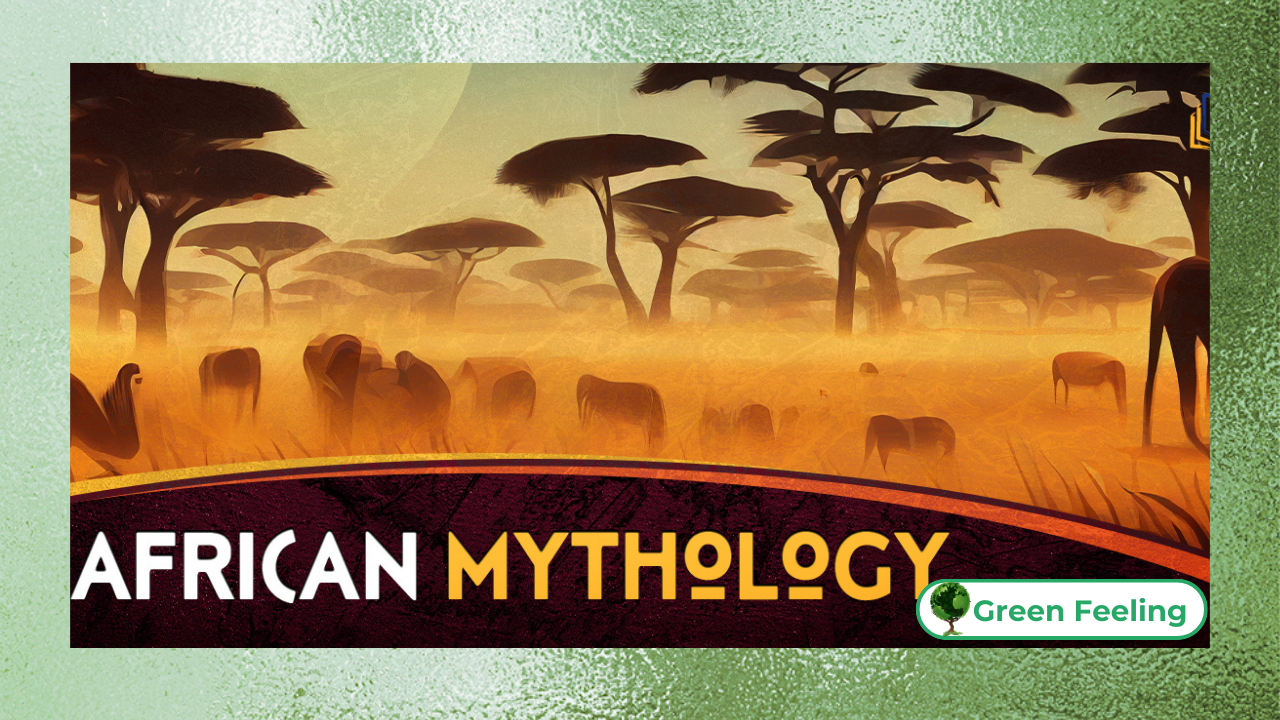What Are Agroforests? Discover the Main Types and Benefits
Agroforestry, or agroforests, represents a revolutionary approach to sustainable land use that integrates trees, crops, and sometimes livestock into a single, harmonious system.

Unlike conventional monoculture farming, agroforestry mimics natural ecosystems, creating biodiverse and resilient agricultural landscapes.
This article explores what agroforests are, the main types practiced worldwide, and their numerous environmental and economic benefits.
Agroforestry is not a new concept—indigenous communities have practiced it for centuries.
However, in recent decades, it has gained global recognition as a solution to deforestation, soil degradation, and climate change.
By combining agriculture with forestry, agroforests offer a way to produce food while restoring ecosystems and supporting rural livelihoods.
From small family farms to large-scale operations, agroforestry systems are proving that productivity and sustainability can go hand in hand.
Understanding Agroforestry Systems
Agroforestry systems are diverse and adaptable to various climates and cultures.
At their core, they involve the intentional combination of trees and shrubs with crops and/or animals on the same piece of land.
This integration creates ecological interactions that benefit all components of the system.
Trees provide shade, improve soil fertility through leaf litter, and act as windbreaks, while crops and livestock benefit from these improved growing conditions.
There are three main layers in a typical agroforestry system:
- Canopy layer: Tall trees that provide shade and protection
- Middle layer: Smaller trees, shrubs, or cash crops
- Ground layer: Cover crops, vegetables, or grazing areas
This multi-layered approach maximizes land use efficiency and creates microclimates that support diverse species.
Unlike conventional agriculture, which often depletes resources, agroforestry systems are designed to regenerate the land over time.
+ Sustainable Practices in Asian Rural Architecture
Main Types of Agroforestry Systems
Agroforestry practices vary depending on climate, culture, and agricultural goals. Below is a table highlighting three fundamental types of agroforestry systems and their characteristics:
| Type | Description | Primary Benefits |
| Silvopastoral | Combines trees with pasture and livestock |
Improves animal welfare, provides shade, sequesters carbon
|
| Alley Cropping | Rows of trees with crops planted between them |
Reduces soil erosion, enhances biodiversity
|
| Forest Farming | Cultivation of crops under forest canopy |
Protects shade-loving plants, maintains forest ecosystem
|
Silvopastoral Systems
These systems integrate trees, forage plants, and livestock grazing. The trees provide shade for animals, which improves their health and productivity, while their manure naturally fertilizes the soil.
This system is particularly popular in Latin America, where it has revived degraded pastures.
Alley Cropping
In this system, crops are grown between rows of trees or shrubs. The trees help prevent soil erosion, improve water retention, and can provide additional income through fruit or timber.
This method is widely used in Africa for growing maize, beans, and other staple crops between nitrogen-fixing trees.
Forest Farming
This involves growing high-value crops like mushrooms, medicinal herbs, or berries under the protection of a forest canopy.
It allows farmers to harvest non-timber forest products while maintaining forest cover.
Forest farming is common in Southeast Asia and the Pacific Northwest of the U.S.
+ Urban Agroecology: Community Gardens and Sustainability in Cities
Environmental and Economic Benefits of Agroforestry
Agroforestry offers numerous advantages over conventional farming methods:
- Climate Change Mitigation:
- Trees sequester significant amounts of carbon dioxide
- Reduces need for chemical fertilizers (lower emissions)
- Increases resilience to extreme weather events
- Biodiversity Conservation:
- Provides habitat for pollinators and wildlife
- Maintains genetic diversity of crops and native species
- Creates ecological corridors for species movement
- Soil Health Improvement:
- Tree roots prevent erosion and improve soil structure
- Leaf litter acts as natural mulch and fertilizer
- Increases water infiltration and retention
- Economic Benefits for Farmers:
- Diversifies income sources (timber, fruit, crops)
- Reduces input costs (fertilizers, pesticides)
- Creates more stable yields year-round
As noted by Dr. Patrick Worms, Senior Science Policy Advisor at World Agroforestry:
“Agroforestry is the only form of agriculture that can feed the world while increasing biodiversity and sequestering carbon.”
Successful Agroforestry Models Around the World
Several regions have become global leaders in implementing agroforestry systems:
Costa Rica’s Coffee Agroforests
Shade-grown coffee plantations maintain forest canopy while producing high-quality beans.
These systems support 150+ bird species compared to sun-grown coffee monocultures.
India’s Coconut-Based Agroforestry
Farmers intercrop coconut palms with spices, fruits, and fodder crops, tripling income per acre compared to monoculture.
African Parkland Systems
Traditional systems in the Sahel region feature crops grown under scattered shea or baobab trees, providing food security during droughts.
According to Dr. Roger Leakey, author of Living with the Trees of Life:
“Agroforestry represents the most realistic pathway to achieving the Sustainable Development Goals in rural areas of developing countries.”
Challenges and Future of Agroforestry
Despite its benefits, agroforestry faces several barriers to widespread adoption:
- Long-term investment: Trees take years to mature and yield returns
- Land tenure issues: Farmers may lack secure rights to plant trees
- Market access: Difficulty connecting agroforest products to buyers
- Knowledge gaps: Need for training in system design and management
However, innovations are addressing these challenges:
- Digital tools for designing optimal agroforestry layouts
- New financing models for tree planting initiatives
- Certification programs for agroforestry products
- Policy changes recognizing carbon sequestration value
What Do You Think About Agroforestry?
Agroforestry presents a compelling vision for the future of agriculture—one where farms function like forests, producing abundant food while regenerating ecosystems.
As consumers, we can support this transition by choosing products from agroforestry systems, such as shade-grown coffee or cocoa.
Could agroforestry work in your region? What barriers would need to be overcome? The movement needs farmers, policymakers, and conscious consumers to grow.
Agroforestry offers solutions to many of our most pressing environmental and agricultural challenges.
By learning from traditional knowledge and combining it with modern science, we can create food systems that nourish both people and the planet.
As climate change accelerates, the case for adopting agroforestry becomes ever more urgent.
+ Sustainable Building Materials for homes
Conclusion
Agroforestry represents more than just an alternative farming method—it offers a fundamental rethinking of humanity’s relationship with the land.
As we’ve explored, these integrated systems provide solutions to some of our most pressing global challenges:
Ecological Restoration: Unlike conventional agriculture that often depletes resources, agroforestry actively rebuilds ecosystems. The combination of trees, crops, and sometimes livestock creates thriving habitats that support biodiversity while producing food.
Climate Resilience: In an era of climate uncertainty, agroforestry systems demonstrate remarkable adaptability. Their diverse structure makes them more resistant to droughts, floods, and temperature extremes compared to monocultures.
Economic Viability: Perhaps most importantly, agroforestry proves that ecological farming can be profitable. By diversifying production and reducing input costs, these systems offer financial stability for farmers while delivering environmental benefits.
The examples from Costa Rica, India, and Africa show that agroforestry works across different climates and cultures.
However, its widespread adoption requires overcoming significant barriers—from changing agricultural policies to developing new market chains for agroforestry products.
As consumers, we play a crucial role in supporting this transition. Choosing products from agroforestry systems, advocating for supportive policies, and spreading awareness about these methods can all contribute to scaling up these sustainable practices.
Looking ahead, agroforestry may well represent our best hope for creating food systems that can nourish a growing population without destroying the planet’s ecosystems.
It offers a vision of agriculture that doesn’t just sustain, but actively regenerates—a vision we urgently need to embrace.
The question now is not whether agroforestry works, but how quickly we can implement it on a global scale. The seeds of this agricultural revolution have been planted; our collective task is to help them grow.
References:
- Leakey, R. (2012). Living with the Trees of Life. CABI.
- World Agroforestry Centre. (2021). Global Agroforestry Policy Brief.
- USDA. (2020). Agroforestry Strategic Framework.
- Food and Agriculture Organization. (2019). The State of the World’s Biodiversity for Food and Agriculture.






